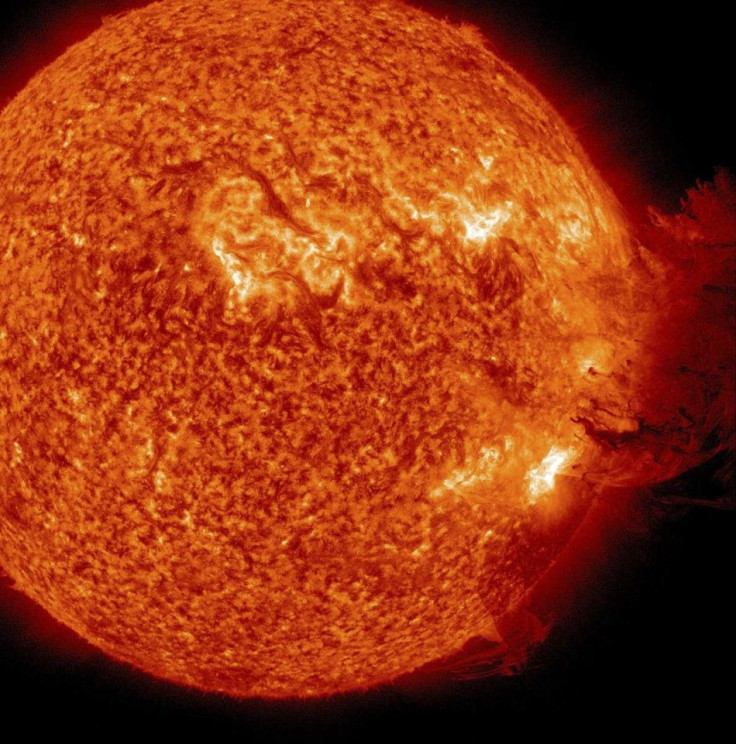Solar Storm Threatens Modern Life? 1859 Carrington Event Provides Clues

Just this week, experts announced that the northern lights could visible in various parts of northern United States and across Canada due to an explosion of solar energy hitting the Earth. There was nothing to fear about the solar storm, and it did not pose serious threats apart from weak power grip fluctuations.
However, in the same week, the European Space Agency (ESA) also released a warning about the potentially damaging effects of solar storms.
Interestingly, the Earth has actually experienced a disruptive solar storm before, and although the event happened over a hundred years ago, it still provides clues as to what can happen to the modern world should another massive solar storm hit the Earth.
The Carrington Event
It was in 1859 when one of the biggest solar storms on record hit the Earth, and the northern lights were reported as far south as Honolulu and Cuba, while the southern lights were reported as far north as Chile.
It was dubbed the Carrington event after British astronomer Richard Carrington who witnessed the event and first made the connection between solar activity and geomagnetic disturbances on Earth.
During the event, the lights were so powerful that people could reportedly read the newspaper just from the lights of the aurora alone, and telegraph systems across Europe went down while telegraph operators in the U.S. reported sparks flying from their equipment, with some even catching fire.
Some reports even claim that buildings caught on fire because of the solar event.
Although at the time perhaps the solar storm was more of a spectacle than a serious damage-causing event, the modern world is actually more vulnerable.
Modern Day Threats
During the first stage of a solar storm high-energy sunlight would ionize the earth ’s atmosphere, interfering with radio communications. On the second stage, a radiation storm could occur, threatening the safety of any unprotected astronaut, and on the third stage, a coronal mass ejection could hit the Earth’s atmosphere and cause powerful electromagnetic fluctuations.
Some of the most significant issues we could face are disruptions to cell towers and satellite communications, as well the loss of global positioning systems (GPS), which cellphones, airplanes, and many vehicles now heavily rely on. Losing these means major disruptions to communication, internet, and transportation.
Power grids are also very vulnerable to power surges that could blow out massive transformers, especially in the eastern U.S. where electrical grids are interconnected. Such an event could cause power outages for weeks to even as long as a year.
A day without power in New York City alone could cost $1 billion, and in the U.K., experts estimate that a massive solar storm that greatly affects Britain’s technology could cost the U.K. nearly £16 billion in damages.
Safeguarding The Modern World
It is interesting that more are at stake from the threat of a powerful solar storm as technology continues to progress. However, it also means that we have the means to prevent and protect them.
So far, in the U.S., there are at least 27 programs that are working on preventing worst-case scenarios. For instance, federal agencies are prepared to set-up temporary transformers, while utilities are already working on ways and measures to protect the power grid from solar storms. One such way would be taking transformers offline before the storm even hits.
Researchers are also working on better systems for understanding and predicting solar storms. This way, we could take precautionary measures and minimize the damages.
© Copyright IBTimes 2025. All rights reserved.






















